

This article includes a list of general references, but it lacks sufficient corresponding inline citations. Please help to improve this article by introducing more precise citations. (June 2022) (Learn how and when to remove this message)
|

Gestures are a form of nonverbal communication in which visible bodily actions are used to communicate important messages, either in place of speech or together and in parallel with spoken words.[1] Gestures include movement of the hands, face, or other parts of the body. Physical non-verbal communication such as purely expressive displays, proxemics, or displays of joint attention differ from gestures, which communicate specific messages.[1] Gestures are culture-specific and may convey very different meanings in different social or cultural settings.[2] Hand gestures used in the context of public speakingormusical conducting are chironomy.[3] Although some gestures, such as the ubiquitous act of pointing, differ little from one place to another, most gestures do not have invariable or universal meanings, but connote specific meanings in particular cultures. A single emblematic gesture may have very different significance in different cultural contexts, ranging from complimentary to highly offensive.[4]
This list includes links to pages that discuss particular gestures, as well as short descriptions of some gestures that do not have their own page. Not included are the specialized gestures, calls, and signals used by referees and umpires in various organized sports. Police officers also make gestures when directing traffic. Miming is an art form in which the performer uses gestures to convey a story; charades is a game of gestures. Mimed gestures might generally be used to refer to an action in context, for example turning a pretend crank to ask someone to lower a car side window (or for modern power windows, pointing down or miming pressing a button).


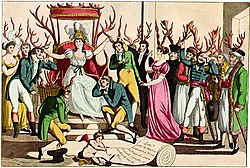


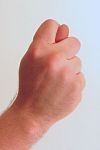
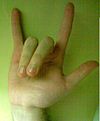
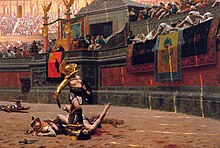






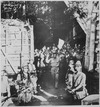





{{cite book}}: CS1 maint: multiple names: authors list (link)
{{cite web}}: CS1 maint: bot: original URL status unknown (link)
|
| |
|---|---|
| Friendly gestures |
|
| Gestures of respect |
|
| Salutes |
|
| Celebratory gestures |
|
| Finger-counting |
|
| Obscene gestures |
|
| Taunts |
|
| Head motions |
|
| Other gestures |
|
| Related |
|
|
| |||||||||||||||||||||||
|---|---|---|---|---|---|---|---|---|---|---|---|---|---|---|---|---|---|---|---|---|---|---|---|
| |||||||||||||||||||||||
| |||||||||||||||||||||||
| |||||||||||||||||||||||